 A BOOK REVIEW :
A BOOK REVIEW :RFK's bid for the presidency in 1968 and its fateful consequences.
Forty years ago this week, Robert F. Kennedy was assassinated at the Ambassador Hotel after winning the 1968 California Democratic presidential primary. One moment he was thanking a standing-room crowd, the next he was sprawled in a hotel pantry, blood leaking from the back of his head where a .22-caliber bullet had penetrated his skull. A few feet away, a group of Kennedy supporters -- George Plimpton, former pro football player Rosey Grier, Olympian Rafer Johnson -- wrestled with the shooter, a 24-year-old Palestinian immigrant named Sirhan Sirhan. "Hold him! Hold him!" radio journalist Andy West cried into his tape recorder. "We don't want another Oswald." Since then, Kennedy has become a symbol, invoked by politicians at their convenience, as when President Clinton quoted him at the signing ceremony for "a welfare reform act that, among other things, cut food stamps to poor children," Thurston Clarke writes in "The Last Campaign: Robert F. Kennedy and 82 Days That Inspired America." Even his death has taken on a metaphoric value; just look at the recent furor over remarks by another Clinton, who last month declared, "We all remember Bobby Kennedy was assassinated in June in California" as justification for staying in the Democratic race. Yet what's important is not how Kennedy died or what he symbolized but the more complex story of who he was. "Bobby Kennedy was no saint," Clarke notes. "He had worked for Senator Joseph McCarthy's notorious Senate Permanent Subcommittee on Investigations in 1954 and retained an affection for McCarthy longer than was seemly. . . . [But] JFK adviser Ted Sorensen . . . believed that by 1968 he had transformed himself, abandoning his hard line on the Cold War, repudiating the Vietnam War, and becoming deeply troubled by poverty and racial injustice." "The Last Campaign" traces the outcome of this transformation, to re-create the final, frenzied 2 1/2 months of Kennedy's life. Beginning with his declaration on March 16, 1968, that he was running for president and ending with those gunshots at the Ambassador, it's smart and well-reported, a vivid portrait of a politician coming to a moral reckoning. Such a process, Clarke suggests, began in the wake of JFK's assassination, an event that would deepen his brother's sense of empathy. In 1966, Kennedy picketed with Cesar Chavez; a year later, on the TV news show "Face the Nation," he made his first public statement against the Vietnam War. Here we see the two pillars of his campaign -- poverty and peace. Stumping in South Dakota, he spent one of his two days in the state on the Pine Ridge Indian Reservation. In Indiana, during a lunch sponsored by the Vincennes Civitan Club, he assailed a group of businessmen on the subject of hunger, offering what Tom Congdon Jr. of the Saturday Evening Post would characterize as "reverse demagoguery -- he was telling them precisely the opposite of what they wanted to hear." Later, at Indiana University's School of Medicine, he chided the doctors in training for failing to make "decent medical care something more than a luxury of the affluent" and spoke against draft deferments as unfair to the poor. What's remarkable is that Kennedy won these states, that his message appealed across traditional lines of class and ideology. Clarke cites several factors, not least Kennedy's experience as attorney general, which balanced his advocacy for the underclass with a certain law-and-order credibility. Even more essential was his rock-star ability to draw a crowd. Clarke deftly details the chaotic rush of Kennedy's campaign stops, a quality also captured by photographer Bill Eppridge's "A Time It Was: Bobby Kennedy in the Sixties." Eppridge, who covered the campaign for Life magazine, may be best known for his Pietà-like photo of Kennedy being tended by busboy Juan Romero in the Ambassador's pantry. His campaign work is equally stirring, with Kennedy in shirt sleeves speaking to supporters from the back of a convertible or being pulled at by a phalanx of outstretched hands. It is the hands -- in nearly every photo, a sea of supplication -- that linger, that get at the almost physical hold Kennedy had over his supporters, their sense that they were part of something bigger. This is also the subtext of Clarke's book, which frames Kennedy's presidential bid as a quixotic act, in which he had to overcome apparently insurmountable obstacles -- an incumbent president ( Lyndon Johnson didn't drop out of the race until two weeks after Kennedy got in); the derision of Eugene McCarthy, who'd announced his own antiwar campaign in late 1967 -- only to see his candidacy take off. The power of both books is that they illustrate this process day by day. "A Time It Was" can be viewed as a companion volume to "The Last Campaign," a photographic record of the situations Clarke describes. And then it was over. Both books end with the assassination. For the rest of the story, there's Robert Blair Kaiser's " 'R.F.K. Must Die!': Chasing the Mystery of the Robert Kennedy Assassination." Originally published in 1970 and now substantially revised, Kaiser's book is a definitive account of the shooting and its aftermath. The author talked his way onto Sirhan's defense team and spent more than 200 hours in interviews with him; he came up with the "Manchurian Candidate" theory, which suggests Sirhan was programmed (by himself or someone else) to fire on Kennedy and then programmed to forget. Of all the RFK conspiracy theories, this is the most compelling, for Sirhan dabbled in Rosicrucianism and self-hypnosis and always claimed not to recall what took place at the Ambassador. Still, the real value of Kaiser's book lies in its methodical re-creation of the crime and the investigation, as well as its insights into Sirhan. In one particularly vivid scene, Sirhan "re-enacts" the shooting under hypnosis: "Sirhan's right hand pounded climactically on his right thigh -- five times. His right forefinger squeezed and twisted three more times in a weakening spasm. Then he was still." Later, in an unguarded moment, Sirhan talks about the killing. Asked by a defense investigator why he didn't shoot Kennedy between the eyes, he answers calmly, "Because the son of a bitch turned his head at the last second." That sounds like a confession, and it's to Kaiser's credit that he includes it, even though it casts doubt on his own theory. In the end, however, it matters less how the assassination happened than what we lost. Hours after Martin Luther King Jr. was killed, Kennedy spoke in an inner-city Indianapolis neighborhood. His advisers had told him to cancel the appearance, yet he went anyway. He told the largely black audience they were right to be enraged. Then he talked about compassion: "Let us dedicate ourselves," he said, "to what the Greeks wrote so many years ago: to tame the savageness of man and make gentle the life of this world." Unlike other major cities, Indianapolis did not explode. Was Kennedy responsible? Who can say? But it suggests something fundamental that, even in a moment of extreme crisis, he chose to speak to our hopes and not our fears. * david.ulin@latimes.com David L. Ulin is book editor of The Times. Book Review










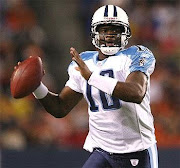































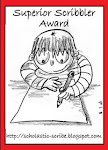







.gif)


















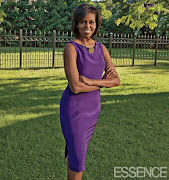



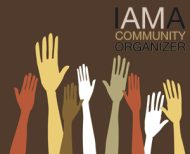


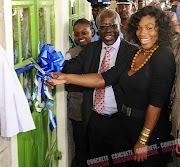







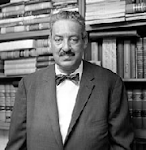







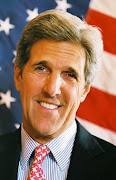










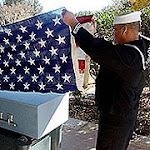


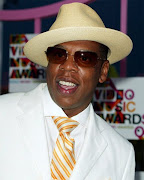



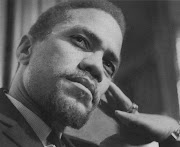


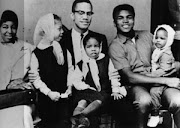








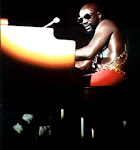

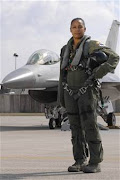






No comments:
Post a Comment